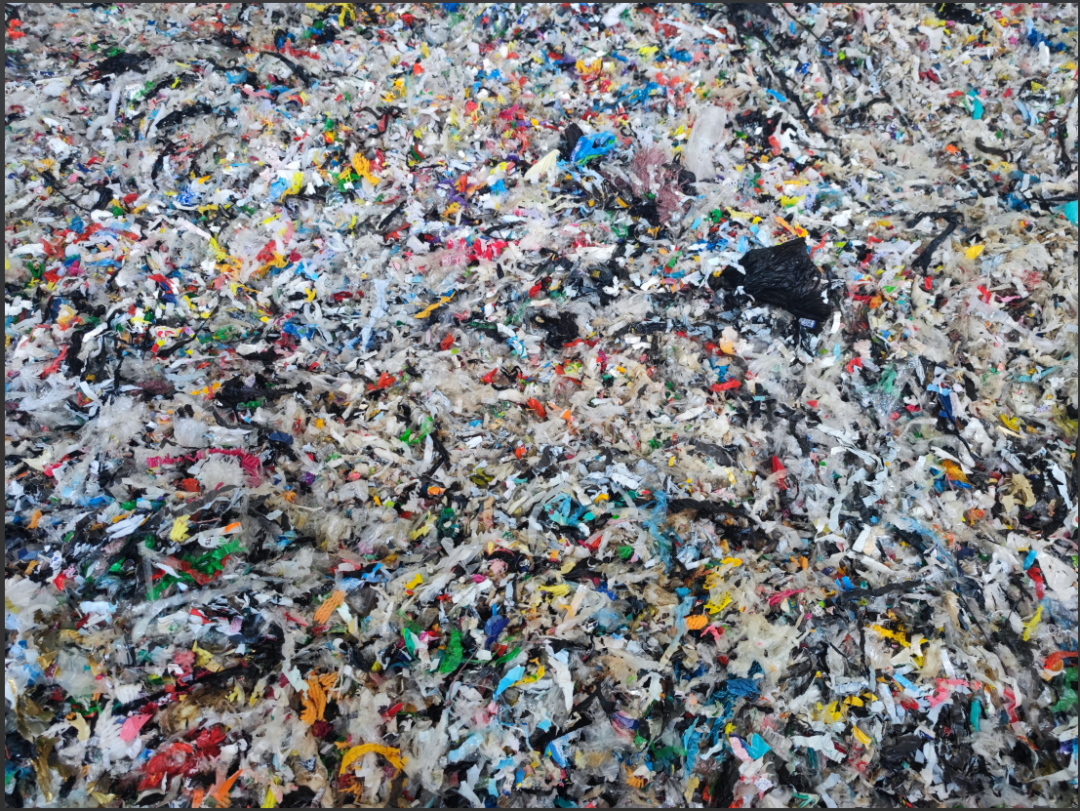Graphite: Understanding Its Dual Role as a Conductor and Insulator
Graphite is a fascinating material with unique properties that position it as both a conductor and an insulator, depending on the context and application. This duality is primarily due to its distinctive atomic structure and the way it interacts with electrical currents. This article provides an in-depth exploration of graphite's role as an electrical conductor, its insulating properties in certain contexts, and how these characteristics impact its applications across various industries.
- Graphite as a Conductor: The Fundamentals a. Atomic Structure and Electrical Conductivity
- Layered Structure: Graphite is composed of carbon atoms arranged in a hexagonal lattice, forming layers of planar sheets. Each carbon atom in a layer is covalently bonded to three neighboring carbon atoms, creating a robust hexagonal network. The fourth valence electron of each carbon atom is free to move within the plane of the lattice.
- Delocalized Electrons: The presence of delocalized π-electrons—electrons that are not bound to any specific atom but are free to move throughout the layer—contributes to graphite's high electrical conductivity. These free electrons facilitate efficient electrical charge transfer within the plane of the graphite layers. b. Conductivity Comparison
- Conductivity Levels: Graphite’s electrical conductivity, though impressive, is lower than that of metals such as copper and silver. For instance, copper has an electrical conductivity that is approximately 60 times higher than that of graphite. However, graphite's conductivity is sufficient for applications where cost-effectiveness and specific material properties are prioritized.
- Anisotropic Conductivity: One of the key characteristics of graphite is its anisotropic conductivity—high conductivity within the planes of the graphite lattice but significantly lower in the perpendicular direction. This directional conductivity is advantageous in applications requiring efficient charge transfer in a specific orientation.
- Graphite as an Insulator: Contextual Insulation Properties a. Interlayer Insulation
- Weak Interlayer Bonding: While graphite is an excellent conductor within its planes, the weak van der Waals forces holding the layers together result in low electrical conductivity between the layers. This weak bonding effectively insulates the layers from each other in terms of electrical charge transfer.
- Layer Separation: When considering bulk graphite or graphite in certain forms (e.g., graphite powder or compressed graphite), the lack of significant electrical interaction between layers can contribute to its insulating behavior in specific contexts. b. Thermal Insulation
- Thermal Conductivity: Graphite’s high thermal conductivity is often exploited for heat management, as it efficiently dissipates heat within the plane of the lattice. However, this thermal conductivity does not directly translate to electrical conductivity between layers. Thus, graphite can act as a thermal conductor while exhibiting insulating properties in the perpendicular direction.
- Applications Leveraging Graphite's Conductive and Insulating Properties a. Electrical and Electronic Applications
- Conductive Applications: Graphite’s excellent in-plane conductivity makes it ideal for applications such as battery anodes, conductive coatings, and electrical contacts. Its ability to conduct electricity effectively within its planes ensures reliable performance in these roles.
- Insulating Applications: In contrast, the insulating properties between graphite layers can be advantageous in applications where separation of electrical paths is required. For instance, graphite is used in certain electrical contacts and as a part of composite materials where insulating layers are needed. b. Industrial and Energy Applications
- Heat Management: In industrial applications, graphite’s thermal conductivity is utilized for efficient heat dissipation in high-temperature environments. Its insulating properties between layers can be useful in thermal management systems where directionality of heat flow is crucial.
- Composite Materials: Graphite composites often incorporate graphite for both its conductive and insulating properties, depending on the desired performance characteristics. These composites can be tailored for specific applications requiring a balance of conductivity and insulation.
- Challenges and Considerations a. Quality and Purity
- Material Variability: The electrical and insulating properties of graphite can vary depending on its form (natural vs. synthetic), purity, and processing methods. High-purity synthetic graphite typically exhibits better conductivity compared to natural graphite.
- Processing Effects: The method of processing and shaping graphite can influence its conductive and insulating properties. For example, the orientation of the graphite layers and the presence of impurities can affect overall performance. b. Environmental and Economic Factors
- Sustainability: The environmental impact of graphite mining and processing is a concern, with efforts being made to improve sustainability and explore recycling options.
- Cost Considerations: While graphite is generally cost-effective, the price can vary based on quality, form, and processing requirements. This variability affects its selection for specific applications and impacts overall cost-effectiveness.
- Future Directions and Research a. Advanced Materials
- Graphene and Beyond: Research into advanced forms of carbon, such as graphene and carbon nanotubes, continues to explore new possibilities for enhancing conductivity and insulation. These materials offer even greater performance characteristics but at a higher cost. b. Sustainable Practices
- Recycling Innovations: Innovations in recycling and sustainable practices aim to reduce the environmental impact of graphite production and ensure a stable supply for future applications. Conclusion
Graphite’s dual role as both a conductor and an insulator highlights its remarkable versatility and complexity. Its excellent in-plane conductivity makes it a valuable material in various electrical and electronic applications, while its insulating properties between layers offer unique advantages in specific contexts. Understanding these characteristics allows for optimal utilization of graphite in diverse industries, balancing performance requirements with environmental and economic considerations. As research and technology advance, graphite’s role will continue to evolve, offering new opportunities and applications in the field of materials science.


